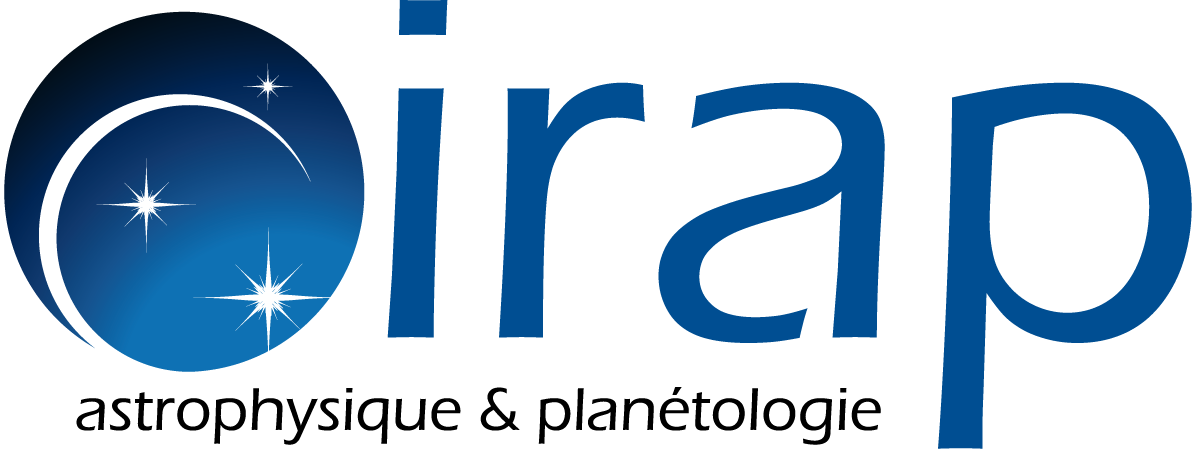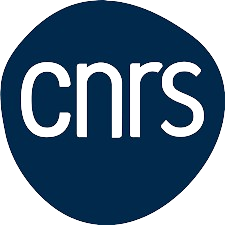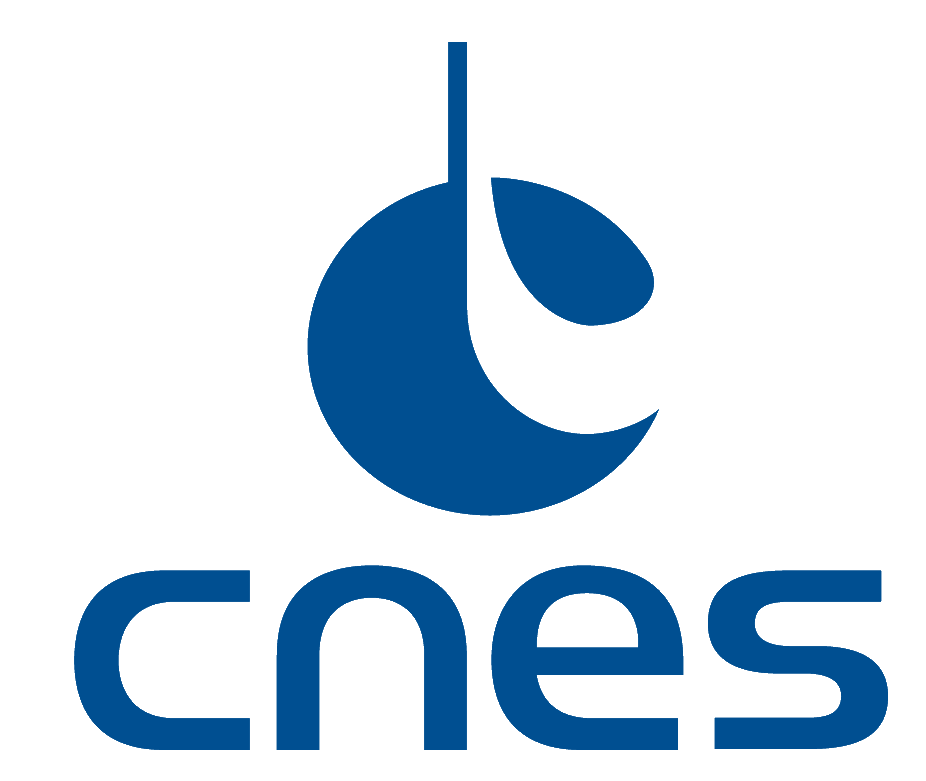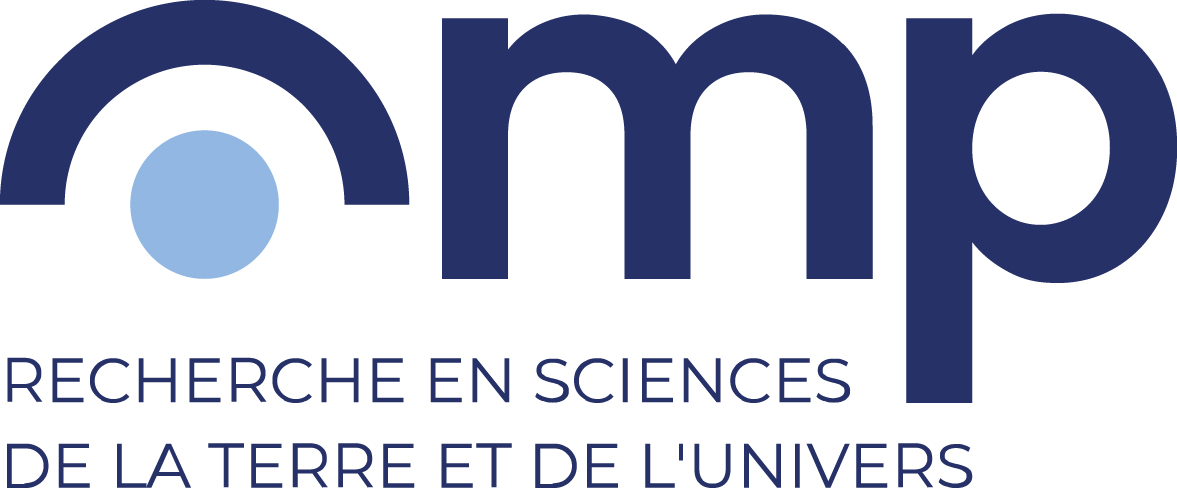Juno identifies the missing auroral footprint of the moon Callisto at Jupiter’s poles
Since July 2016, the Juno mission orbiting Jupiter has been studying the properties and physical mechanisms of auroral imprints. A study recently published in the journal Nature Communications shows that there are opportunities to identify the ultraviolet auroral signature of the moon Callisto.
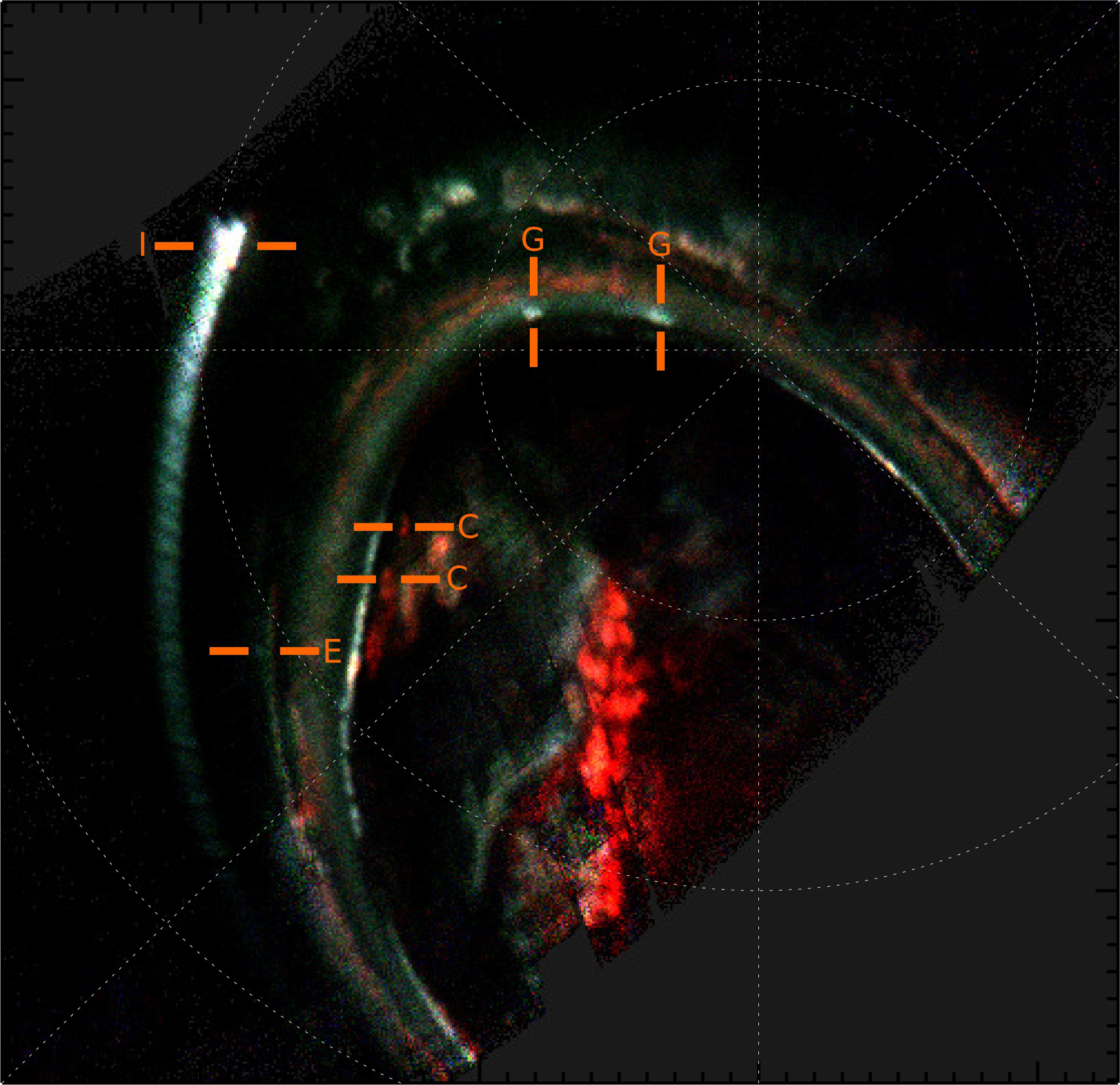
Among the intense auroral emissions present at Jupiter’s poles, some result from the interaction between the Galilean moons—Io, Europa, Ganymede, and Callisto—and the charged particle environment around Jupiter. These emissions induced by the moons, observed in ultraviolet, visible, infrared, and radio wavelengths and without equivalent on Earth, are called auroral fingerprints.
Thanks to the Hubble Space Telescope, the ultraviolet auroral signatures of three of the four Galilean moons—Io, Europa, and Ganymede—have been clearly identified and studied since the early 2000s. Since July 2016, the Juno mission orbiting Jupiter has enabled a new diagnosis of the properties of these auroral signatures and the physical mechanisms behind them, thanks to repeated observations acquired during close flybys of the auroral regions of Jupiter. Despite this, no clear detection of the auroral signature of Callisto, the fourth Galilean moon furthest from Jupiter, had been reported. Such detection is complicated by its expected low brightness, but also because of its proximity to other, much more intense auroral emissions from Jupiter.
Callisto’s ultraviolet auroral footprint revealed by the UVS instrument
However, a study recently published in the journal Nature Communications, conducted by a team of French scientists, shows that there are opportunities to identify the ultraviolet auroral signature of the moon Callisto. Using observations from the UltraViolet Spectrometer (UVS) instrument aboard NASA’s Juno space mission, they showed that in September 2019, Jupiter’s main auroral emissions were significantly displaced from their usual position at Jupiter’s poles. This shift resulted from a global expansion of Jupiter’s magnetosphere following a change in the properties of the solar wind, this permanent flow of particles from the Sun propagating through the interplanetary medium and interacting with objects in the Solar System. As a result, the ultraviolet auroral signature of Callisto, usually masked by these intense auroral emissions, is revealed. For the first time, the auroral signatures of the four Galilean moons are observed simultaneously at Jupiter’s north pole.
The measurements taken by Juno, together with ultraviolet observations, particularly those of electrons, obtained using the JADE (Jupiter Auroral Distributions Experiment) instrument, to which IRAP contributed, and waves, show that the auroral signatures of the four Galilean moons are generated by similar physical mechanisms. By confirming the existence of Callisto’s auroral signature with an unprecedented level of detail, this study completes our understanding of moon-planet couplings in the Jupiter system.
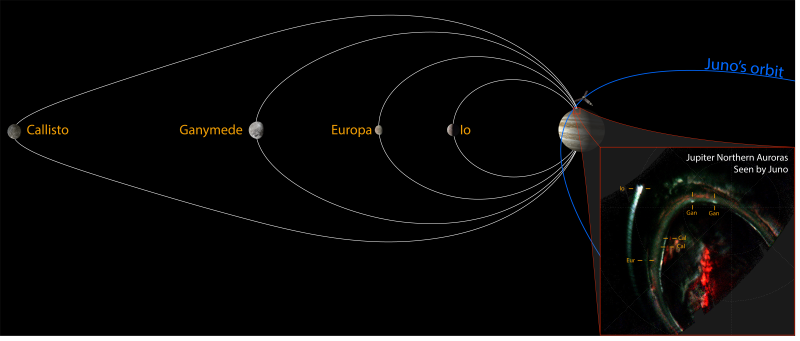
CNRS Laboratories involved
- Institut de Recherche en Astrophysique et planétologie (IRAP – OMP)Tutelles : CNRS / CNES / Université de Toulouse
- Laboratoire d’astrophysique de Marseille (LAM – OSU Pythéas)Tutelles : CNRS / CNES / AMU
- Laboratoire d’Instrumentation et de Recherche en Astrophysique (LIRA -Observatoire de Paris – PSL) Tutelles : CNRS / Observatoire de Paris – PSL / Sorbonne Univ / Univ Paris Cité
- Laboratoire Atmosphères, Milieux, Observations Spatiales (LATMOS-IPSL)Tutelles : IPSL / CNRS / Sorbonne Univ / UVSQ
- ISAE-SUPAERO
Further Resources
- Scientific paper : Rabia, J., Hue, V., Louis, C.K. et al. In situ and remote observations of the ultraviolet footprint of the moon Callisto by the Juno spacecraft. Nat Commun 16, 7791 (2025).
- NASA Press Release : Juno Detected the Final Missing Auroral Signature from Jupiter’s Four Largest Moons
IRAP Contacts
- Jonas Rabia, jonas.rabia@irap.omp.eu
- Nicolas André, nicolas.andre@irap.omp.eu, nicolas.andre@isae-supaero.fr
